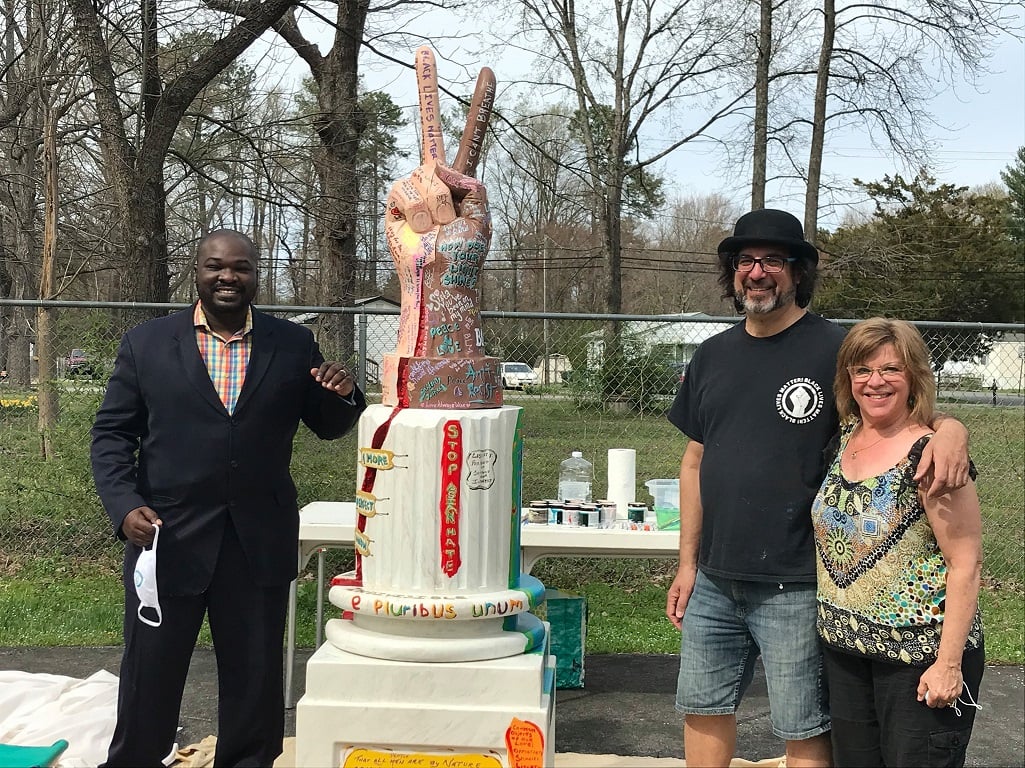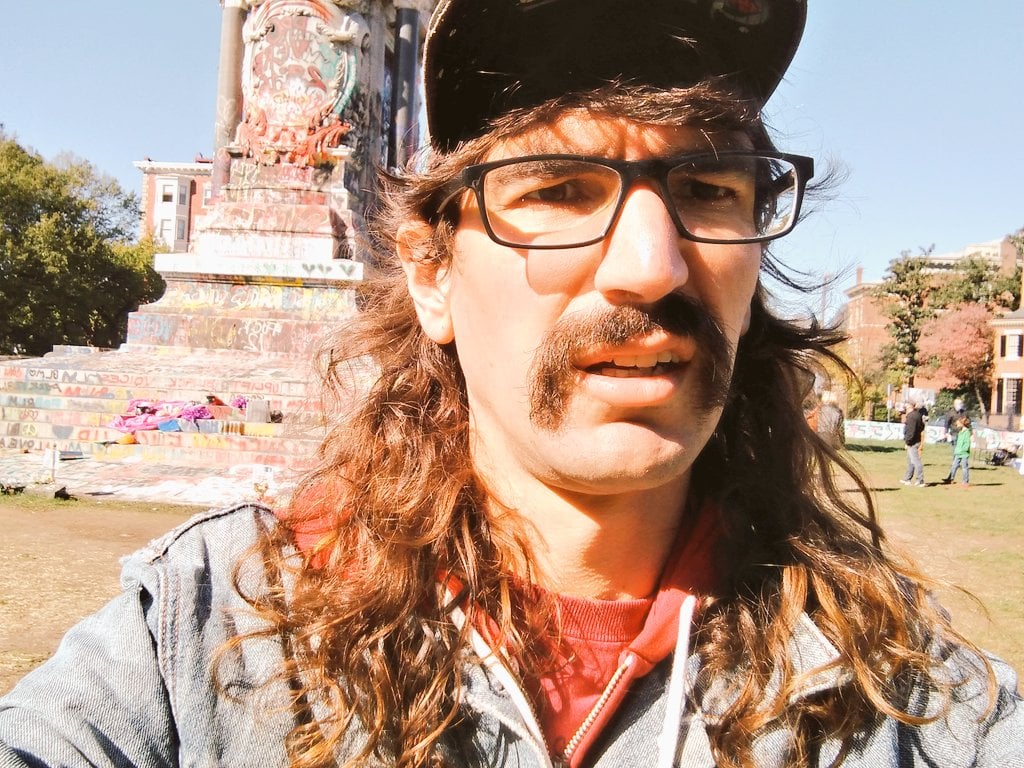Klogg Wallabee and I used to work together at a gas station. If you caught him in the right kinda light, Klogg looked like he could’ve played Sean Astin’s cousin in some movie. He had a shitty sedan with a dent in the side, a bunch of trash in the back and on the...





